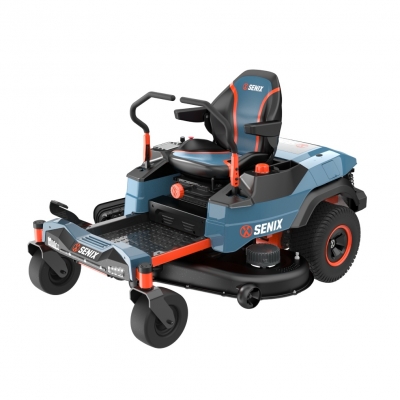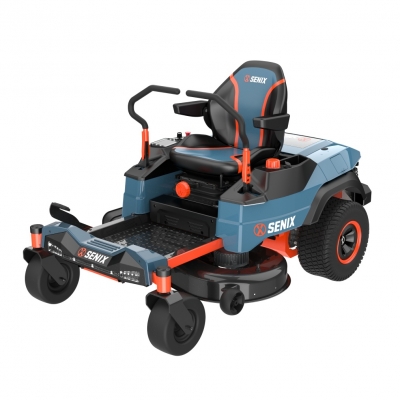Don’t Let Worn String Ruin Your Yard – Here’s How to Fix It Right
When it comes to keeping your yard neat and healthy, a string trimmer is an indispensable tool. Often called a weed eater or weed whacker, this lightweight piece of equipment handles the jobs that a lawn mower can’t—like trimming edges, cleaning up around trees, or tackling overgrown weeds near fences. But while most homeowners focus on engine power or battery runtime when choosing a trimmer, the most overlooked element is often the nylon string itself. Without a sharp, durable line, even the most powerful trimmer can’t do its job effectively.
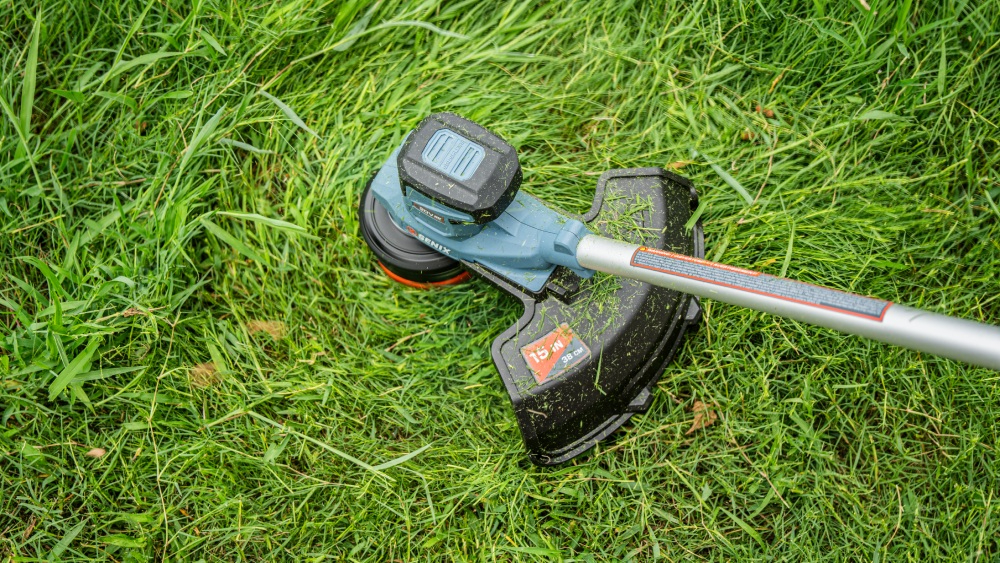
The Importance of the Trimmer String
The nylon string is not just a disposable accessory; it is the cutting blade of the trimmer. Every time it spins, it slices through grass and weeds at speeds that can reach up to 10,000 revolutions per minute. The U.S. Environmental Protection Agency (EPA) estimates that gas-powered trimmers can generate cutting speeds equivalent to over 200 miles per hour at the string tip. This force allows them to shear grass cleanly without metal blades. However, if the string is worn, frayed, or the wrong size, the trimmer’s efficiency drops dramatically.
A dull or brittle line doesn’t cut cleanly. Instead, it tears grass, leaving ragged edges that stress the turf. According to turfgrass research from Purdue University, grass that is ripped instead of cut is more prone to disease and slower to heal. In other words, using the wrong string—or waiting too long to replace it—can make your lawn more vulnerable to pests and brown patches.
When to Replace the String
So how do you know when it’s time to replace the string? Signs include frequent breakage, reduced cutting power, or the trimmer running louder as it struggles to slice through vegetation. Most homeowners will need to replace their trimmer line every 5 to 10 hours of use, depending on yard size and vegetation thickness.
The National Gardening Association notes that homeowners in the U.S. spend an average of 70 hours annually on lawn care. If even one-quarter of that involves trimming, you may be winding new string onto the spool several times a season. For commercial landscapers, the replacement frequency is far higher—sometimes daily.
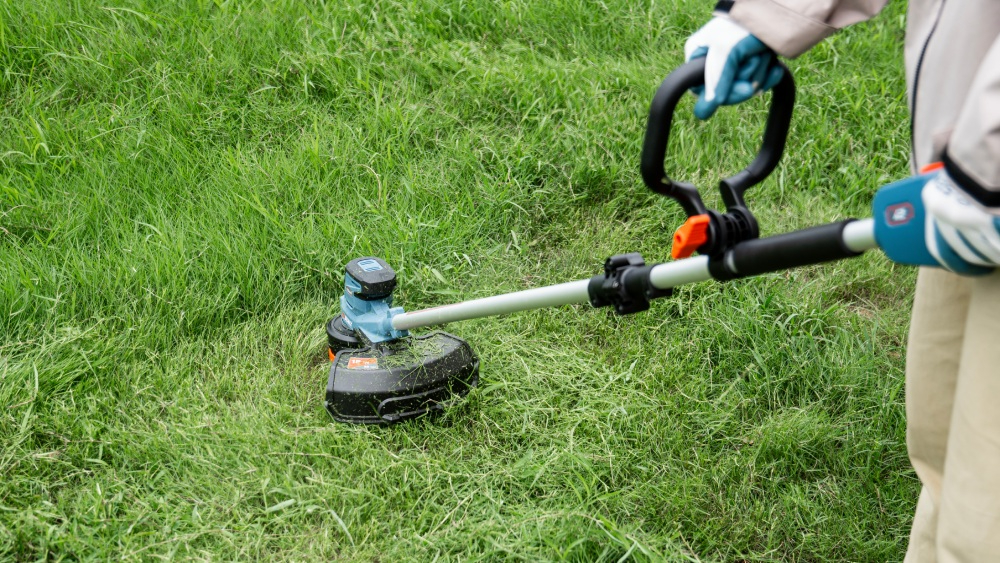
Choosing the Right String
The correct line thickness is one of the most important considerations. Residential trimmers often use line between 0.065 and 0.095 inches in diameter. Thinner line is suitable for light grass trimming, while thicker line is necessary for dense weeds or brush. Using line that’s too thin will cause it to snap constantly, while line that’s too thick can overheat the motor or drain the battery quickly. Manufacturers like SENIX and STIHL publish exact string specifications for each model, and following these guidelines is essential.
The shape of the line also matters. Round line is the most common and is durable for everyday trimming. However, square, twisted, or serrated lines cut more aggressively. In tests conducted by Ohio State University’s Agricultural Engineering Department, serrated lines cut weeds up to 25% faster than round lines but wore down more quickly. Choosing the right balance between durability and aggressiveness depends on your yard’s conditions.
How to Replace the Trimmer String
Replacing the string is a straightforward process but must be done carefully to ensure performance. Begin by powering off the trimmer and disconnecting the spark plug (for gas models) or removing the battery (for cordless models). Remove the spool from the trimmer head, then wind fresh nylon line evenly in the direction indicated on the spool. Leaving about 6 inches of line on each end ensures the bump-feed or auto-feed mechanism works properly.
Improper winding can cause jams, which not only reduce efficiency but can also damage the trimmer head. A report from the University of Missouri Extension highlights that poor equipment maintenance—including improperly loaded trimmer spools—is a common cause of reduced performance in lawn tools. By carefully following the manufacturer’s instructions, you extend both the life of the spool and the efficiency of the trimmer.
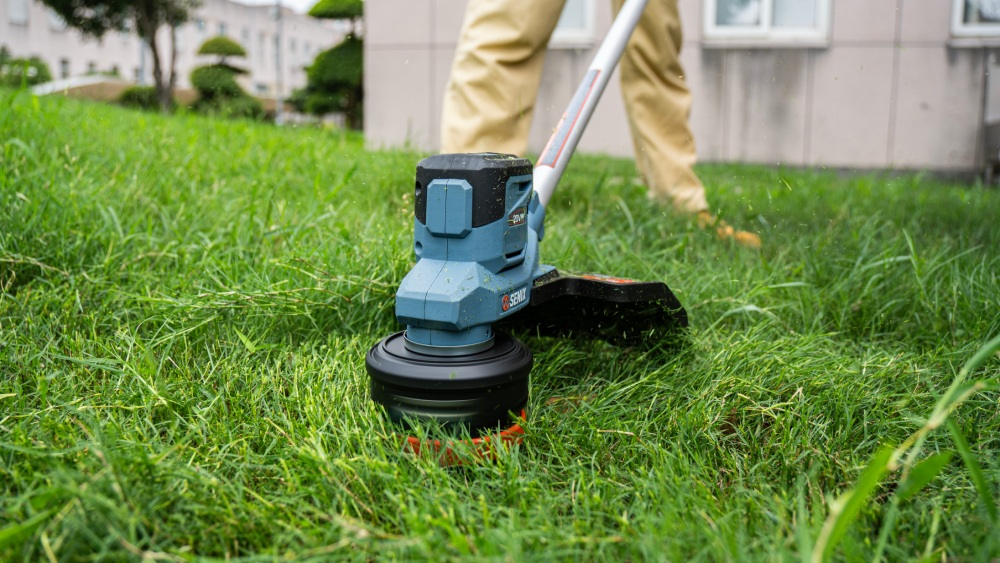
Safety and Efficiency Considerations
Replacing the line on time is not just about performance—it’s also about safety. OSHA (Occupational Safety and Health Administration) warns that poorly maintained trimmers can eject debris at high speeds, posing a risk of injury. A weak or brittle line may break unevenly and increase the chances of kickback. Ensuring you have the right line and that it is properly installed minimizes those risks.
Efficiency is another major benefit. The EPA reports that small gas-powered engines, like those in trimmers, account for nearly 5% of total air pollution in the U.S. A trimmer struggling with a weak line consumes more fuel or drains batteries faster, indirectly increasing emissions and costs. By keeping fresh line on your spool, you maximize cutting power and minimize wasted energy.
The Bigger Picture: Lawn Health and Professional Finish
It’s easy to dismiss the trimmer string as a small detail, but in reality, it has a significant effect on the health of your lawn. A fresh, properly sized line slices grass cleanly, reducing stress on the turf. Clean cuts help the lawn recover faster, grow more evenly, and resist disease. This is why professional landscapers are meticulous about replacing their trimmer line regularly—they know that sharp, efficient trimming is part of delivering that polished, professional look.
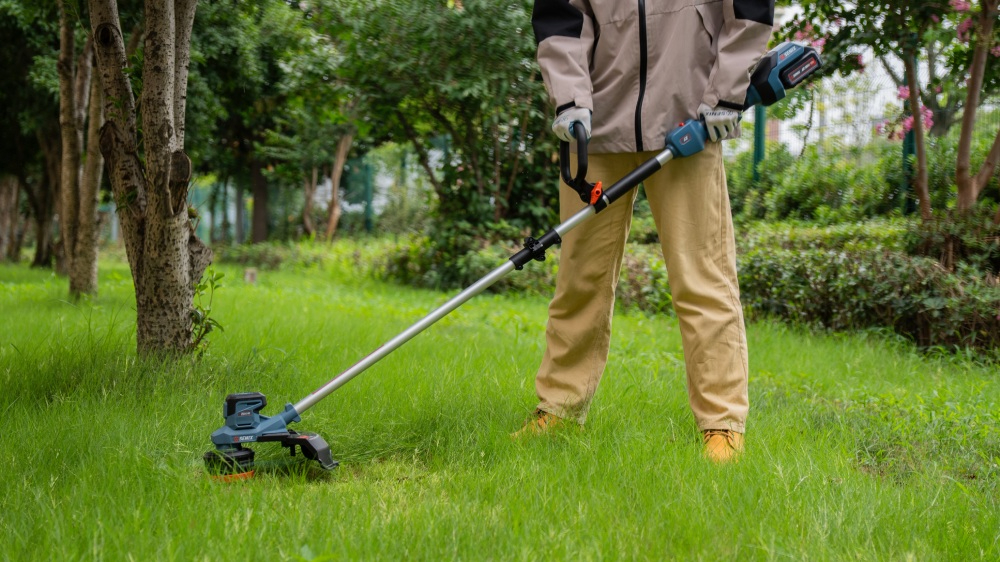
Final Thoughts
Replacing your trimmer string may feel like a minor maintenance chore, but it is one of the most important aspects of keeping your yard tools effective and your lawn healthy. With the right string thickness, shape, and proper installation, you ensure that your trimmer works at peak efficiency, saving you time, fuel, and frustration. More importantly, you protect your grass from damage and keep your yard looking sharp.
Whether you are a weekend gardener or a professional landscaper, treating the trimmer string as a vital component—not just a disposable accessory—will elevate your lawn care routine. In short, a well-maintained string equals a well-maintained lawn.


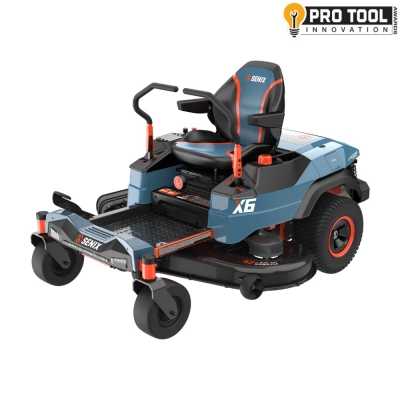
 (5.0)
(5.0)